latest
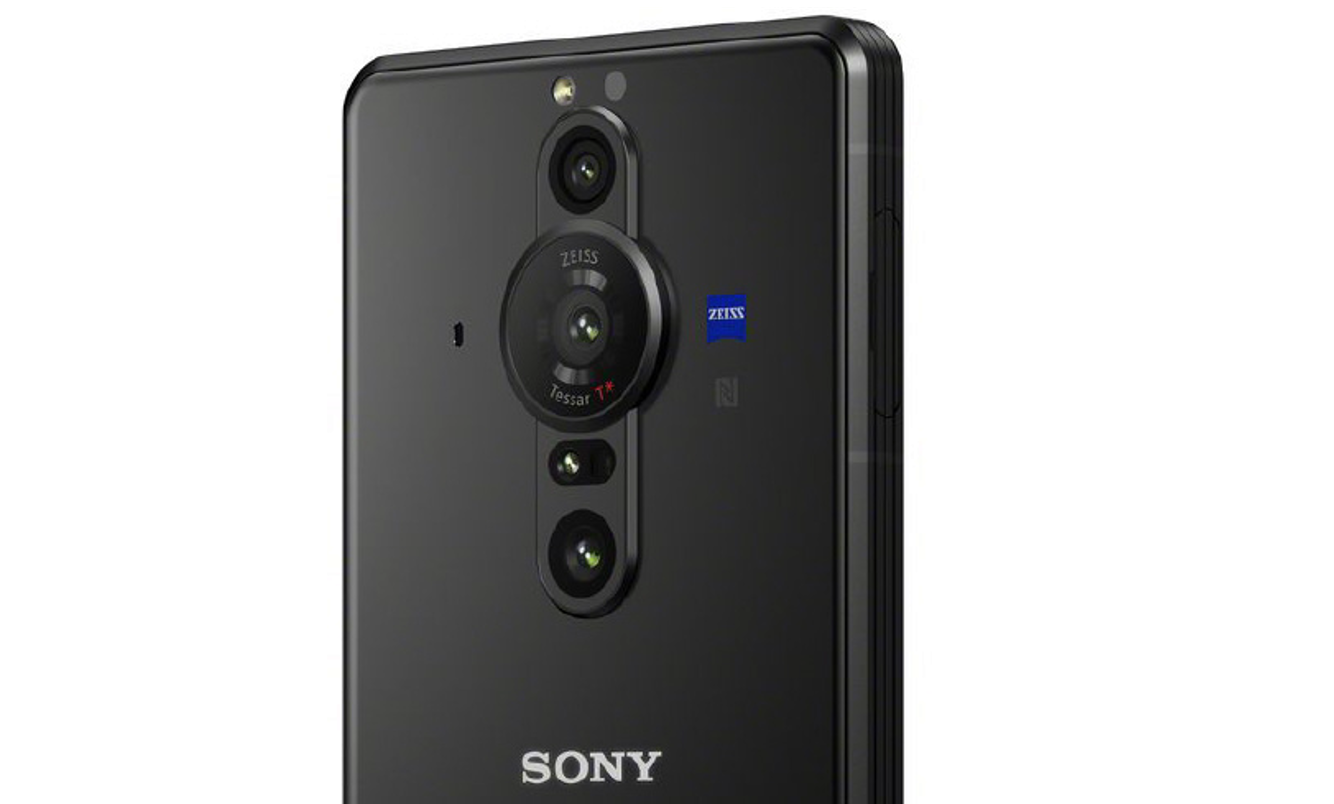
Over the past few years, Sony has aligned mobile efforts with its focus on the camera-to-viewership pipeline. Now, we have clearer ideas of what the Japanese manufacturer will show off in its product launch event tomorrow.
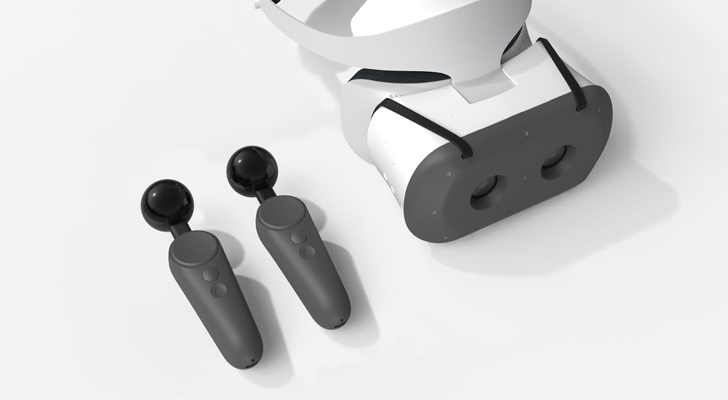
Self-contained headsets that run Google's Daydream VR platform went on sale earlier this year, and Google has continued to improve them since. Chrome for Daydream became available in July, and now the company has revealed what's next for the platform.
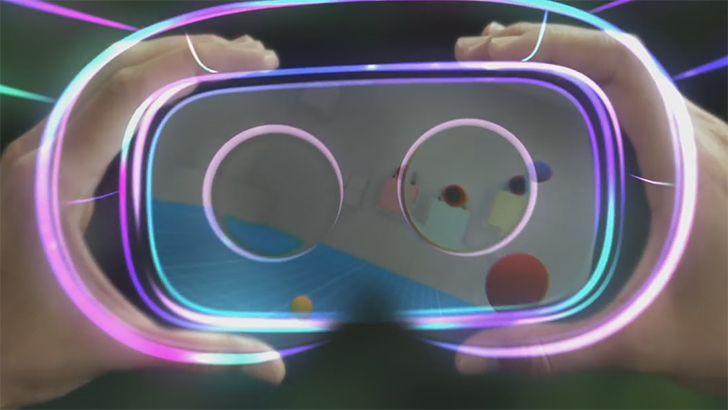
The virtual reality game is getting interesting, but the displays on the current generation of headsets are still getting in the way of truly immersive experiences. To solve this, Google and LG Display teamed up to produce an ultra high-resolution OLED panel intended for the next generation of VR headsets. This display was first discussed back in March, but it's now been officially unveiled at the Display Week 2018 expo.
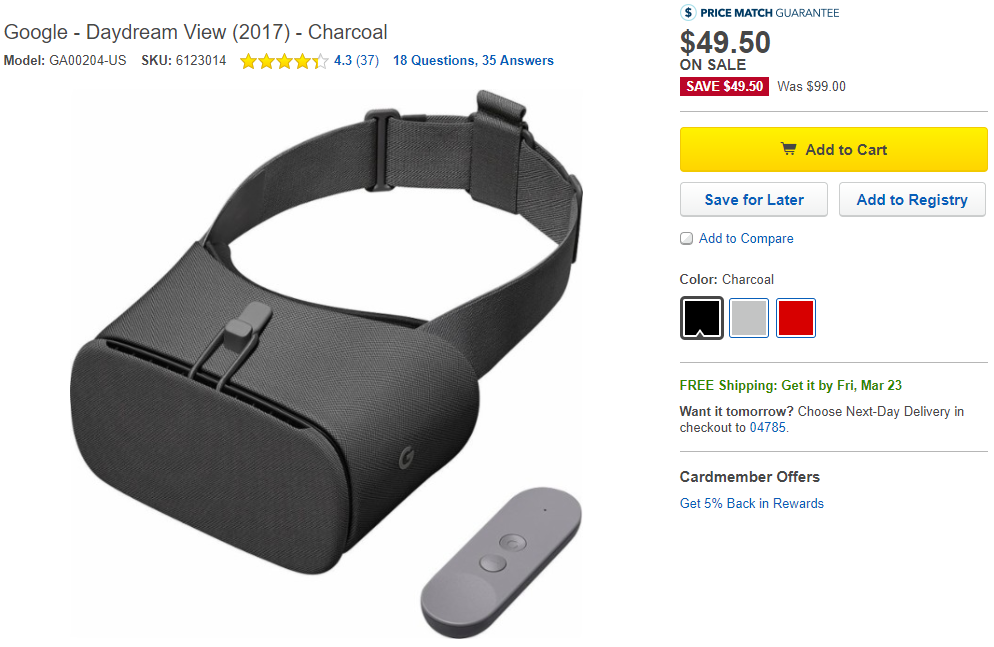
Augmented Reality and ARCore are the hottest games in town nowadays, but if you're still grappling with the idea of Virtual Reality to begin with or if you prefer to immerse yourself completely instead of superimposing something on top of your existing world, then there's a nice deal for you at Best Buy.
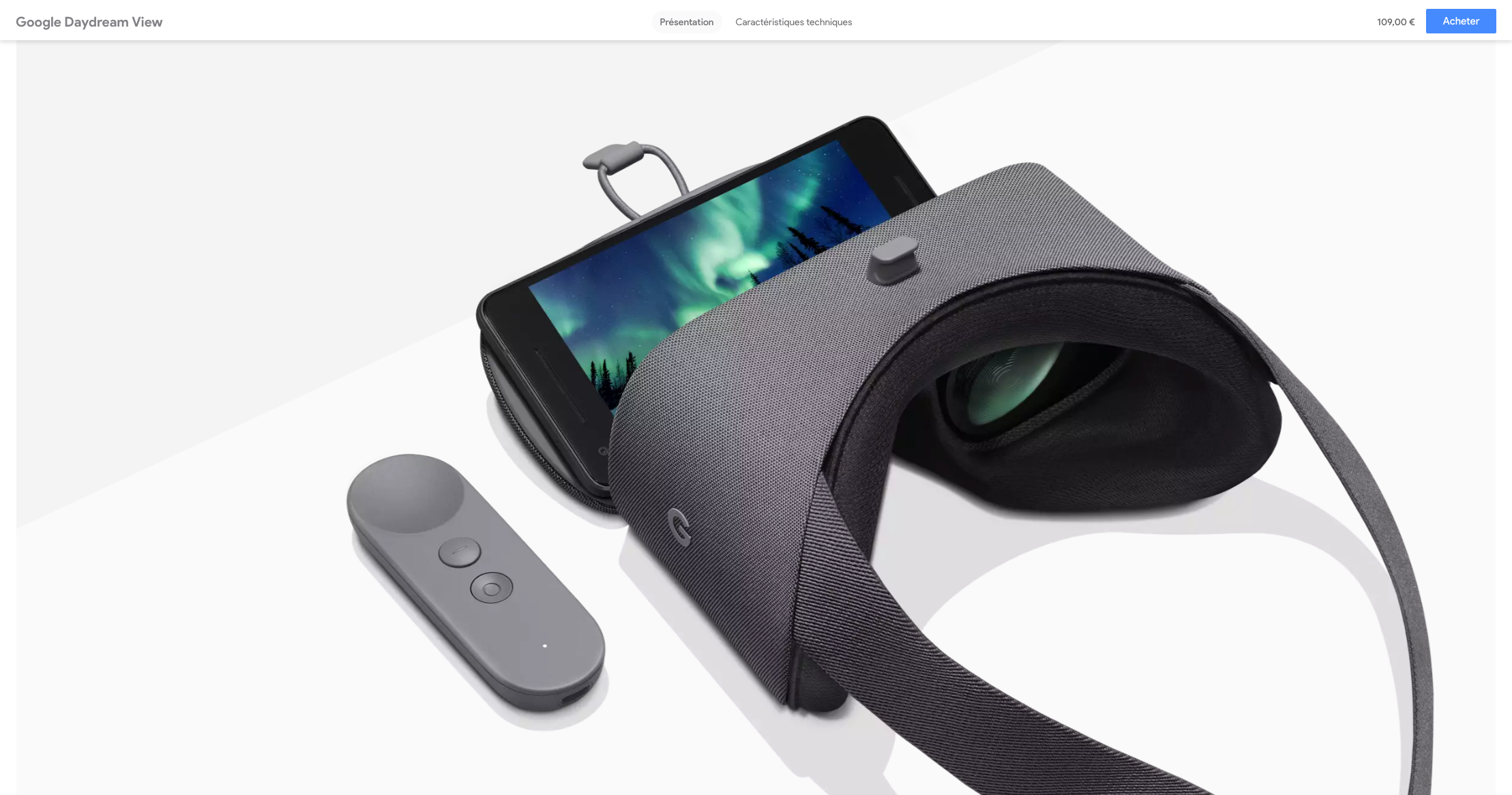
The new Daydream View VR headset went on sale here in 'Murica around two weeks ago. But products like these tend to have a little delay in availability in overseas countries, as evidenced by the Pixel 2 XL only having gone on sale in Italy and Spain three days ago. Now, the 2017 model of the Daydream View is up for grabs in those two countries, as well as France, for €109.
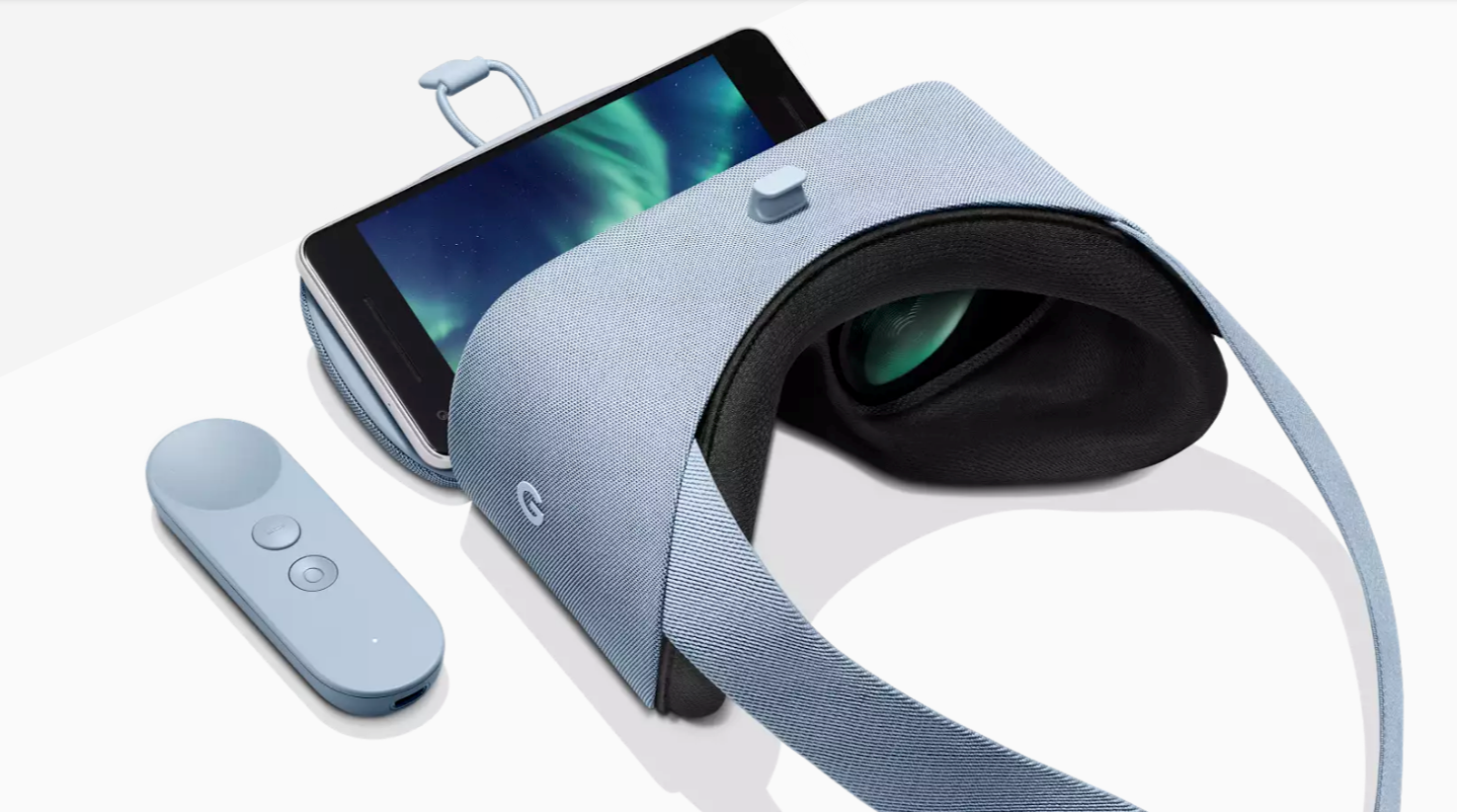
Google announced a new Daydream View VR headset alongside the Pixel 2 and Pixel 2 XL, but it's been a few weeks since then and you still haven't been able to pre-order or even purchase one - until now, that is. The Google Store is now offering up these new Daydream Views for $99.99 a pop.
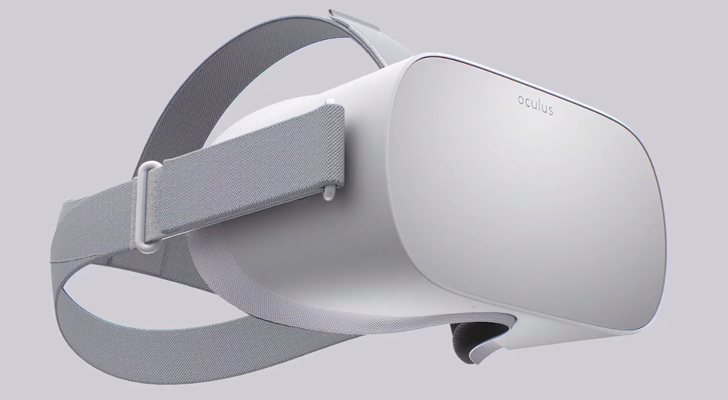
Facebook-owned Oculus is one of the two giants in VR right now, alongside HTC with its Vive headset. While Oculus is still working on the much-anticipated cordless PC headset, it announced another product today - the standalone Oculus Go.
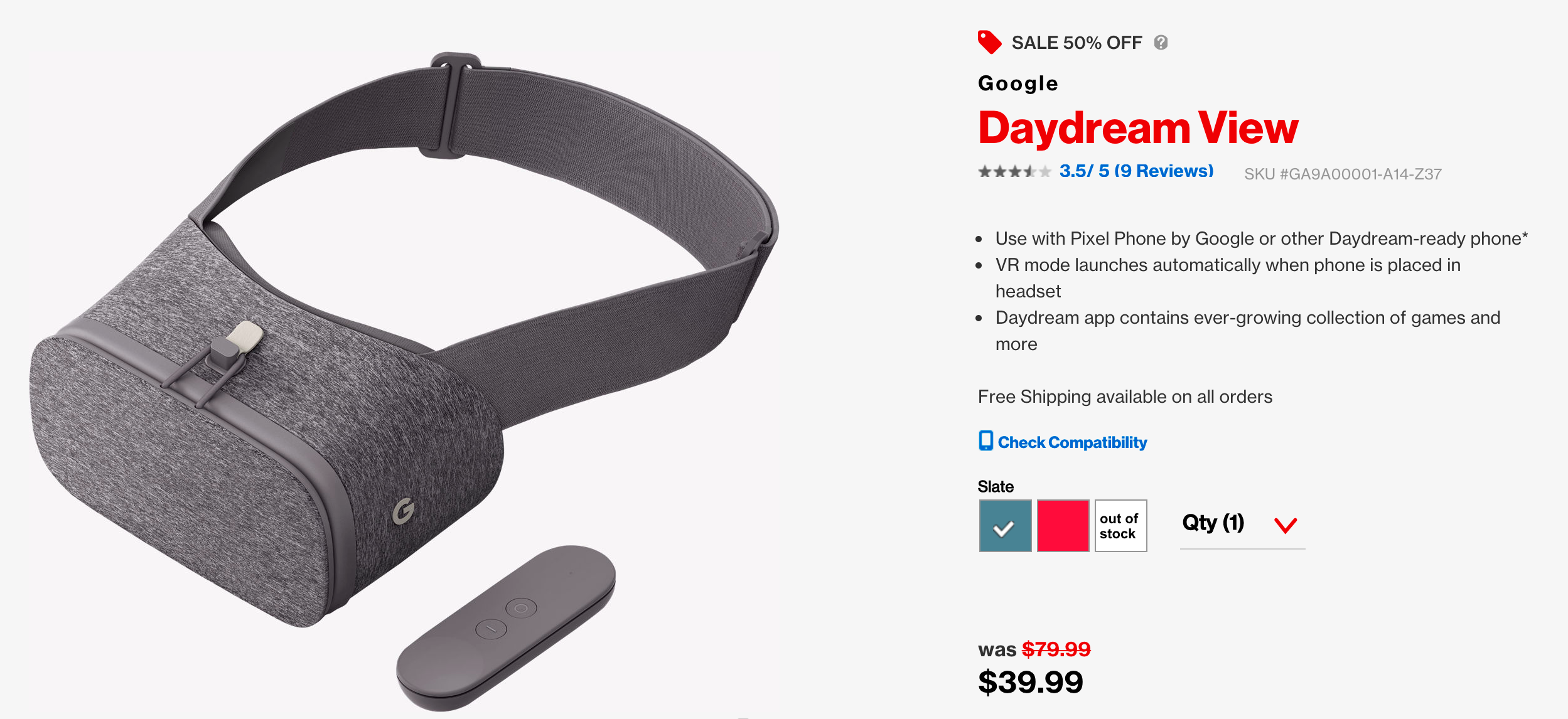
[Update: Sold out] Deal Alert: Google's Daydream View VR headset is just $39.99 (50% off) at Verizon
Google unveiled its Daydream View VR headset alongside the Pixel in October 2016. At $79, it was a good way to bring virtual reality to the masses, with its comfortable fit and included controller. At Verizon's current price of $39.99, a purchase is virtually (ha, see what I did there?) a no-brainer if you're in the market for a VR headset.
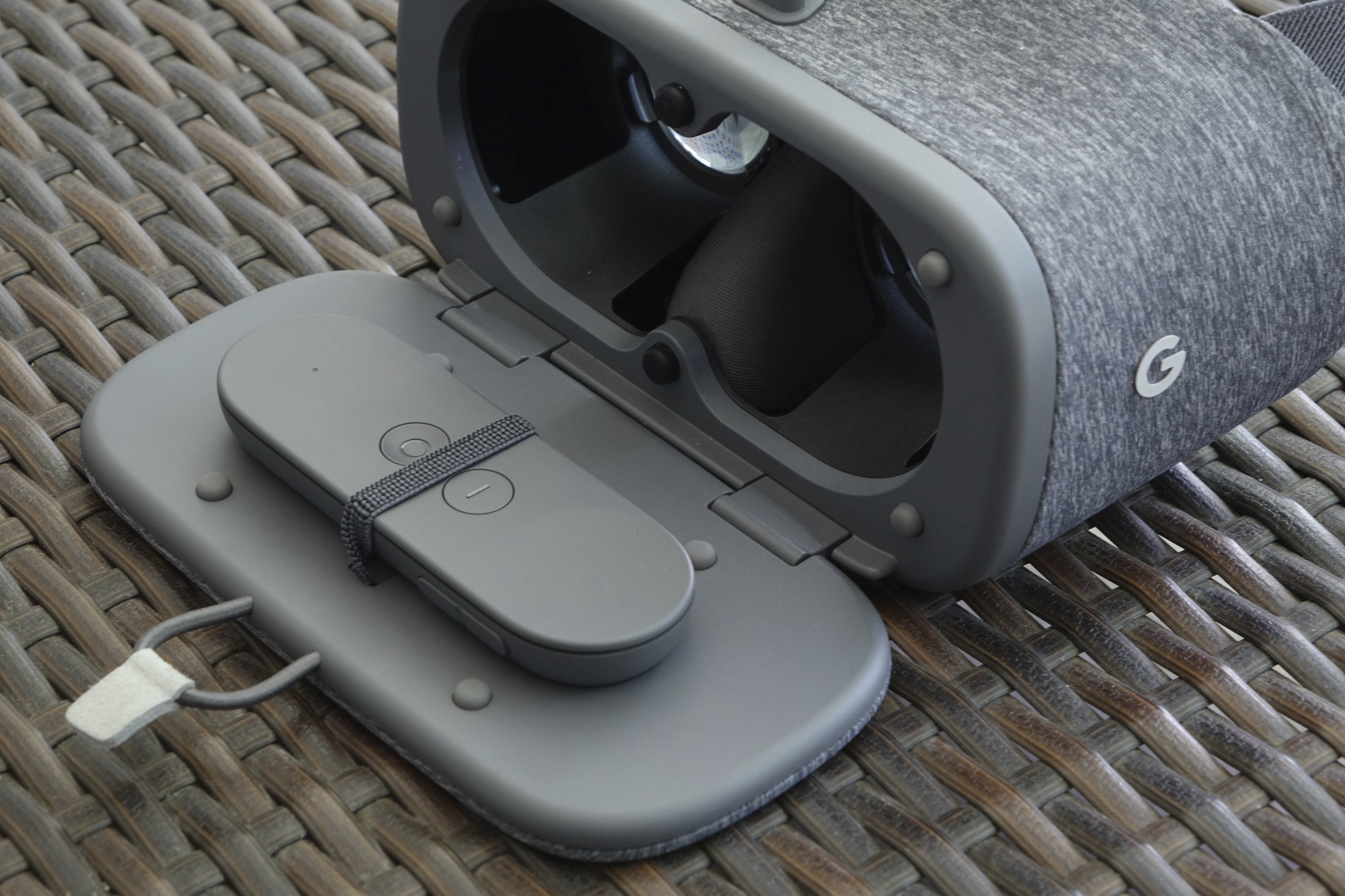
We've had the Daydream View VR headset here in the States for nearly half a year now, but the same can't be said for many other countries. However, Google has just announced that the Daydream View can now be purchased in India from major retailer Flipkart for 6499 rupees.
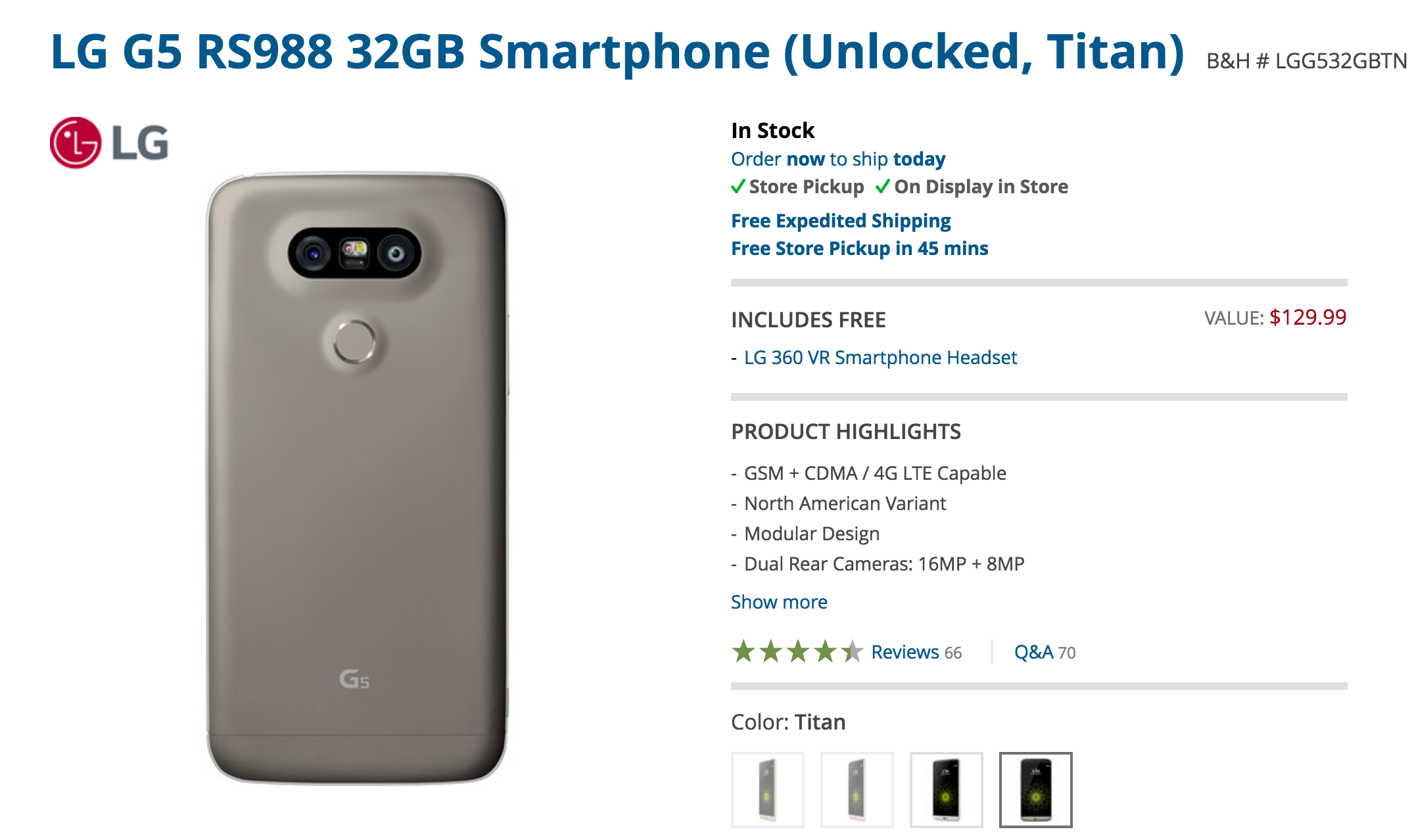
LG's 2016 flagship, the G5, is still a solid phone, even if it never quite reached the same heights as other headline devices of the time. While you may not be willing to pay through the nose for it, $299 is an attractive price given its specs, and that's made even better when B&H are willing to throw in an LG 360 VR headset for nothing.
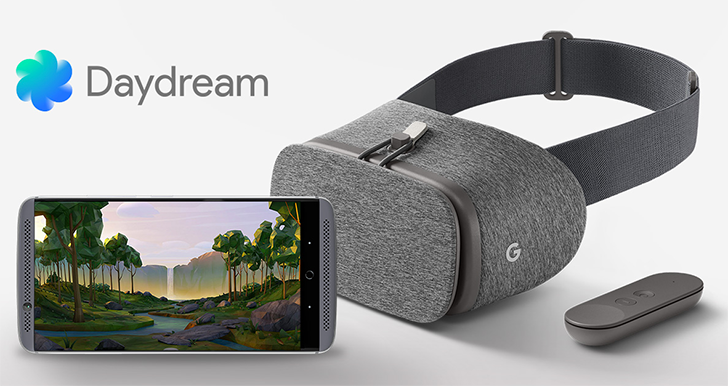
The ZTE Axon 7 was announced in May of last year with plenty of hyperboles over its BMW Designworks-inspired look, renowned pianist Lang Lang endorsement, and Dolby Atmos surround sound. In reality, the phone was very good, bar its software as Ryan discovered in his review. But ZTE has been issuing updates to improve some of the shortcomings, like the signal reception and the weird notification bell. Today, another update will start rolling to the Axon 7, though this one is a lot more major.

Some Daydream View VR headsets are already shipping out, but the necessary Play Store app is missing
Well here's a bit of a buzzkill from Google. The much-ballyhooed Daydream View VR headset, set for launch later this month and currently only compatible with the Pixel and Pixel XL phones, appears to be shipping out early to at least some users. Despite the fact that the View isn't supposed to be hitting mailboxes until November 10th, Android Police reader Sean Hunter received his today. But he can't play with it yet, and neither can anyone else who's received their VR headsets early.
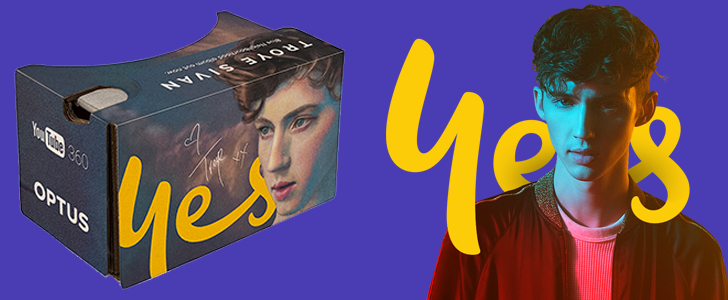
Troye Sivan is a popular singer, actor, and YouTuber in Australia. Regardless of whether or not you know all his songs and the fact that he played young James Howlett in X-Men Origins: Wolverine, there's a techie reason you might be interested in this giveaway that he's doing with Australian carrier Optus.
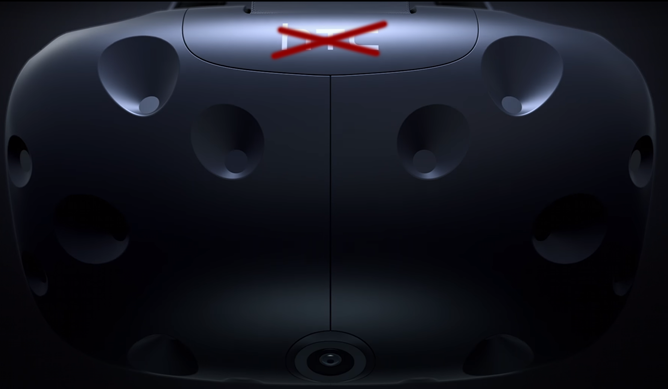
When HTC unveiled its Vive virtual reality headset a little more than a year ago, it seemed like a shot in the dark - the Taiwanese manufacturer had never made any gaming hardware, and it was squaring up to compete with Oculus, a relatively seasoned company with a fresh cash infusion from Facebook. Fast forward to the present, and entering the ready-to-explode consumer VR market (not to mention partnering with PC gaming and distribution giant Valve) seems like the best decision HTC has made in a long time.
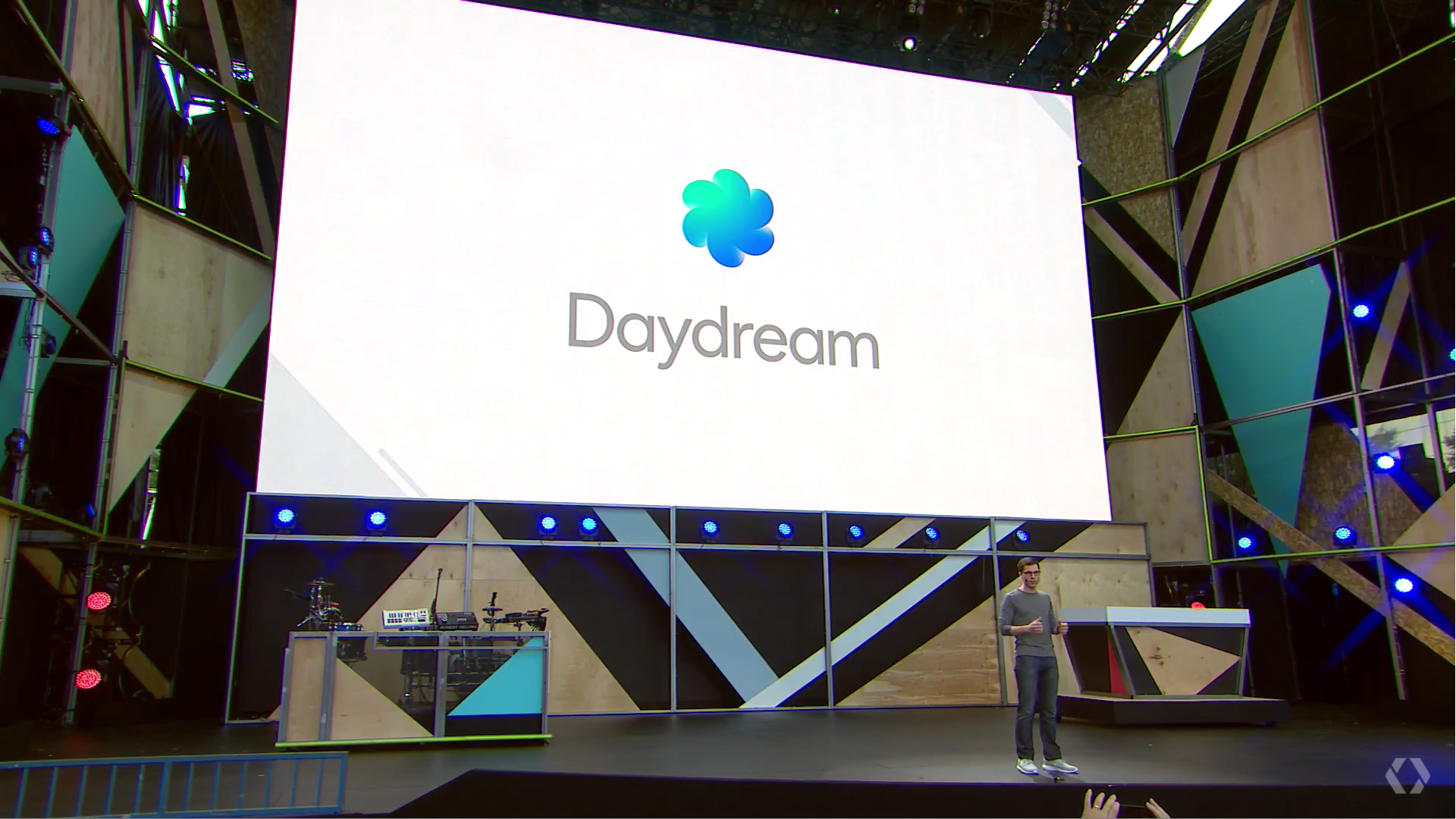
Google's Daydream Virtual Reality platform was announced a couple of days ago at I/O. In it, Google detailed its plan to release specifications for OEMs to make Daydream-certified phones, as well as a reference design for a Daydream VR headset and controller that OEMs can use to build their own offerings.
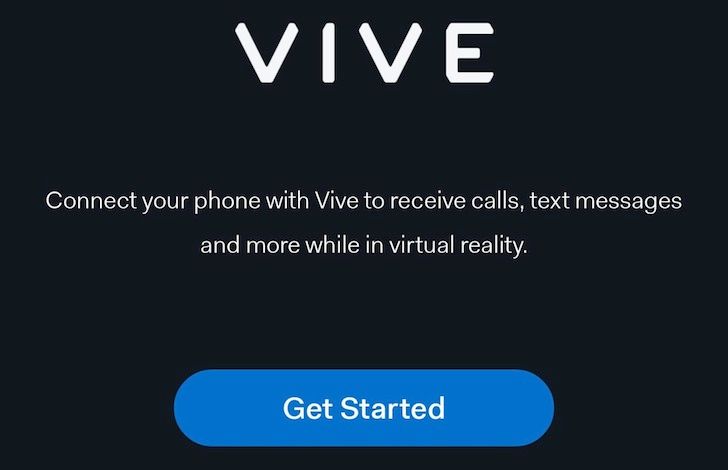
HTC has been amping up its Vive virtual reality headset for months and the launch date is finally upon us. For the not-so-low price of $799, you can grab a Vive unit to connect to your powerful computer and enjoy all those great videos and games that were developed just for the platform. But as early reviewers and adopters have said, the experience could be so good and immersive that you might forget your real world surroundings.
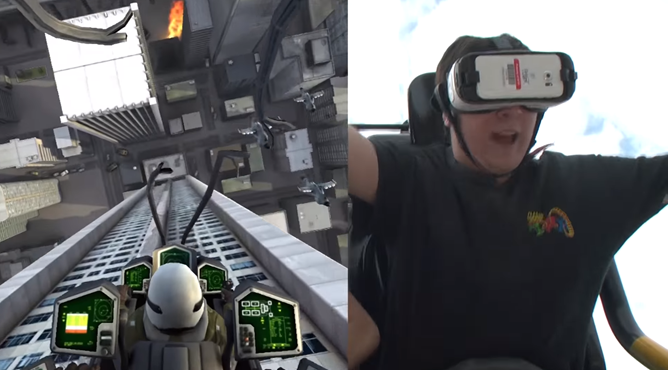
At the risk of sounding like a curmudgeonly old man who can't get any enjoyment out of life (which is normally David's job), I'm going to suggest that maybe roller coasters don't need technological add-ons in order to appeal to people. After all, they're roller coasters, gigantic masterpieces of engineering and physics that exist primarily for the purpose of entertainment, and secondarily for the purpose of making you empty your stomach of ill-advised theme park corn dogs. Do they really need to be tied into the never-ending cycle of incremental upgrades and improvements that typifies mobile technology?
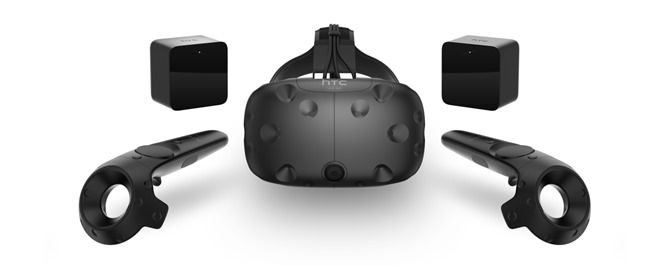
The HTC Vive has been making waves in the PC and gaming worlds, quickly emerging as a serious competitor to the more well-known Oculus Rift VR headset. The Vive has been in development for over a year with input from developers and other users, not to mention HTC's corporate partner Valve. The headset is nearing completion, and the company has announced that the final consumer model will ship in early April for the disappointing price of $799. For that price you get two motion-sensing controllers, two room scale sensors, and VR games Job Simulator: The 2050 Archives and Fantastic Contraption. Pre-orders begin next week on February 29th.
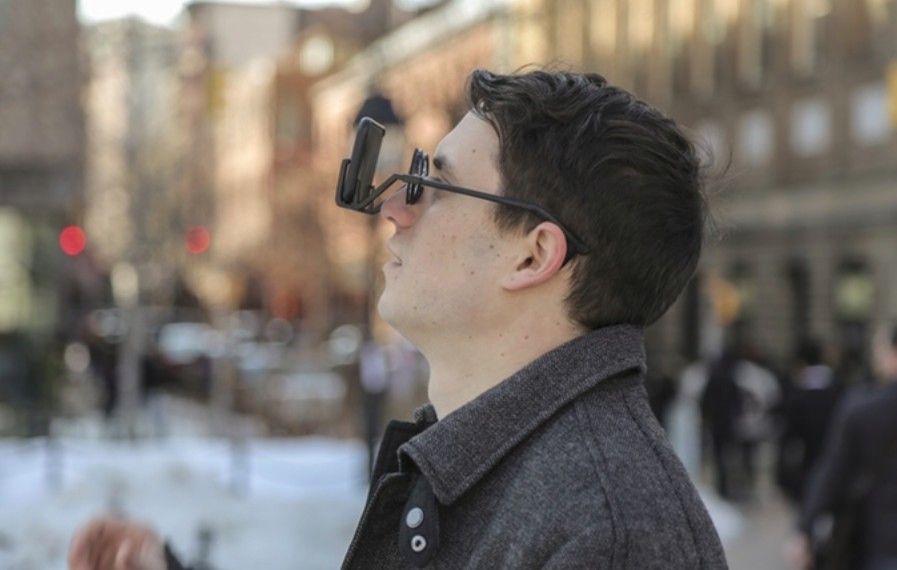
Some people consider virtual reality exciting. Full disclosure: I'm not one of those people. The idea of shoving a screen inches from my face and combining that with sensory deprivation sounds closer to punishment than fun.
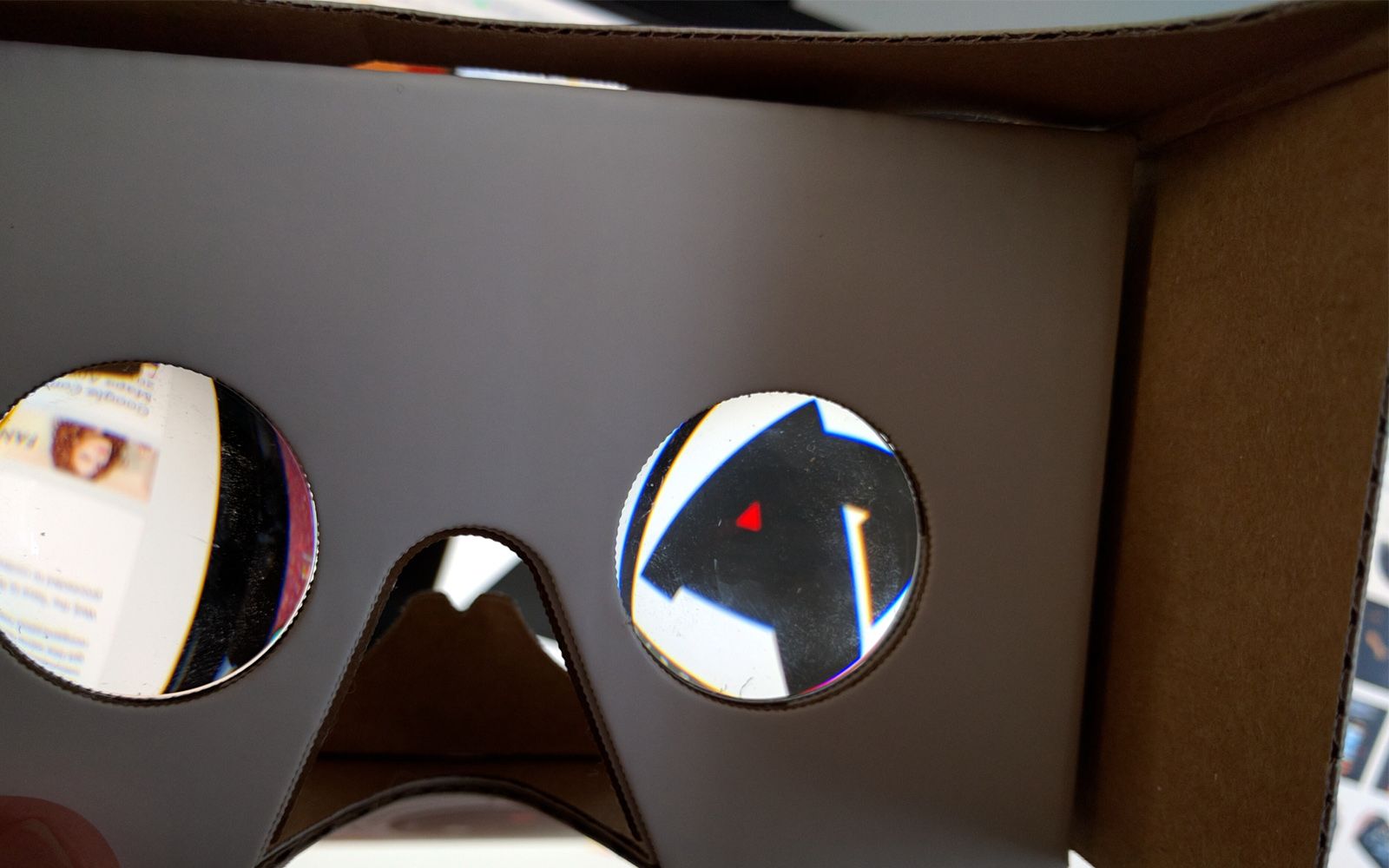
Google handed out the first Cardboard viewers at I/O a few years ago, and at the time it seemed like a bit of a joke. It wasn't really a joke for long, though. VR has been growing in recent years, and the low barrier to entry made Cardboard a hit. Now, sources report that Google is looking to release a standalone VR headset that doesn't require a phone to function.








